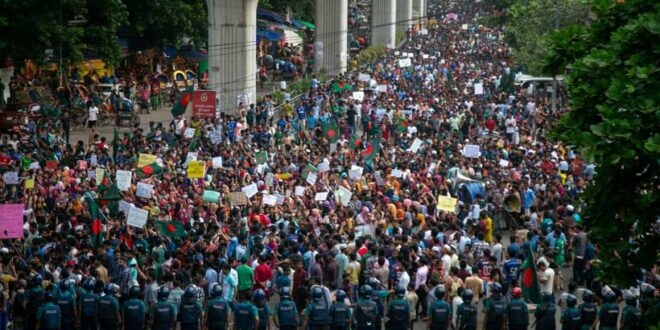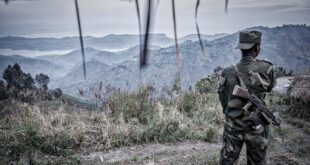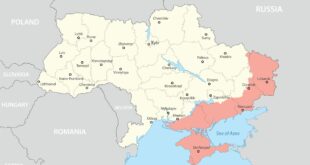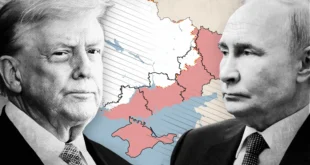The people are no longer accepting the status quo and shifting the regimes through a putsch. This does not just happen in South Asia but in the Middle East as well. The toppling of a democratic Government caught the attention of the world when the suffering of citizens escalated at the hands of their own government, and therefore the anger erupts like a volcano that carries all the things away and causes destruction everywhere else. Recently we saw the overthrow of Bashar al-Assad’s government when the coalition of rebel forces of Syria led by Hayat Tahrir al-Sham started their inexorable campaign against the democratic government of Syrian President Bashar al-Assad and the siege of the capital city Damascus, following their end of 50 years of rule over the country. The president was compelled to leave the country and took asylum in the ally country Russia. The analysts are wondering what will be the next dawn for the Syrian people who suffered from the 13-year-long civil war and the tyrant autocratic ruler or whether the coalition rebel rulers will bring an authoritative rule.
A few months ago on 5 August 2024, the prime minister of Bangladesh, who had ruled over Bangladesh for almost 20 years, was forced by his people to flee the country and took asylum in India. This happened when the Bangladeshi student started their protest campaign against the contentious job quota system, and the authoritarian regime of Sheikh Haseena Wajid dealt with an iron hand, leaving hundreds of students martyred and exacerbating the indignation of people and the demonstration took the shape of a mass movement uprising. The coercion of students by their government turned the country into a battleground. This all happened even though Bangladesh had economically progressed extensively among South Asian countries.
Now analysts wonder which state will be the next. And what lessons are kept for the countries where political polarization and turmoil have shaken the rays of hope for an optimistic future dreamed by their people? We will talk about Pakistan, which has opened a prolific account of challenges at a single time that can contribute to the dissenting voice against the Democratic regime, and if it is not straightened out we might face the same situation. Few might argue that the Middle East has a different dynamic from the South Asian countries but the Bangladesh case is the same and related to Pakistan because we have a history of shared country.
Firstly, the political leaders and parties are at loggerheads with each other as enemies and do not have any sense of political decency and ethics toward their rivals and are always striving to eliminate them from the political paradigm because they never considered them as their competitors. This kind of behavior will further strengthen the tradition of disrespect and intolerance in the democratic norm of Pakistan.
Secondly, the crippling economy inflicts a high rate of inflation on the people who could not sustain the daily life necessities required for survival. The country’s perennial and short-sighted policy of dependency on the allies country and IMF for a bailout is not a solution to its entrenched institutional and structural economic predicament. These two factors are intensely interconnected with each other. Political chaos in the country causes disruption and uncertainty for economic prosperity and triggers impediments in the way of attracting foreign investment and business confidence.
Thirdly, religious extremism, sectarian conflict, and ethnic militancy have spilled over with violent outbursts and attacks in the country over the last decade, relinquishing the peace that deteriorated. The surge of violence by Tehreek-i-Taliban after the US withdrawal from Afghanistan and the consequent takeover by the Afghan Taliban inspired the TTP to challenge the writ of Pakistan state by targeting the military posts.
Fourthly, Pakistan’s youth population is a significant source of potential, but many express a desire to leave the country. A survey by the Pakistan Institute of Development Economics in November 2022 revealed that 765,000 people left Pakistan in 2022, nearly triple the number in 2021. This flurry of departures, particularly among highly educated individuals, has been viewed as a continuation of the country’s “brain drain.” The government must face the challenge of incentivizing talented youth to stay and encouraging those who have left to return for a thriving and flourishing future.
If Pakistan wants to keep itself from the fate that other nations suffered. He has to learn from the different aspects mentioned here, and it should be hard to implement.
 Geostrategic Media Political Commentary, Analysis, Security, Defense
Geostrategic Media Political Commentary, Analysis, Security, Defense





